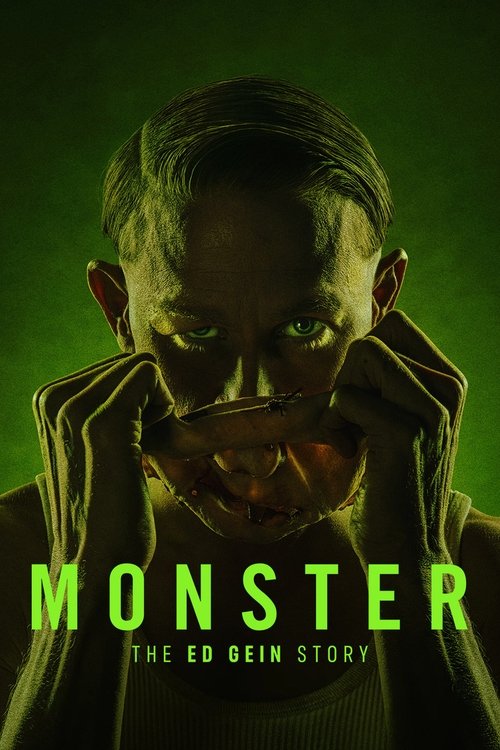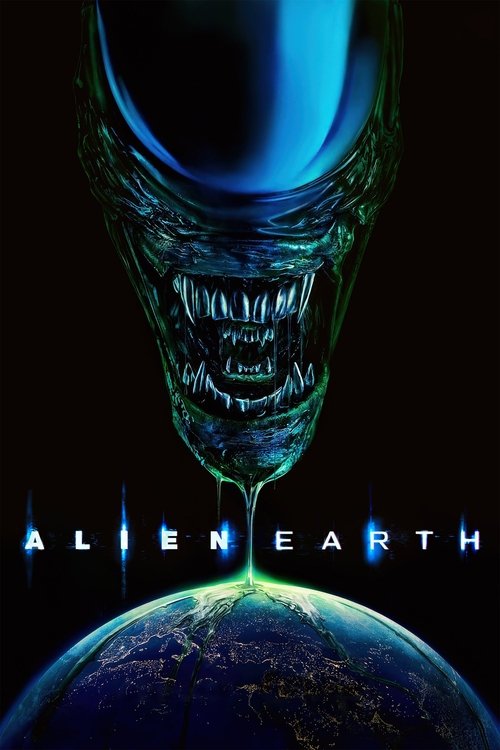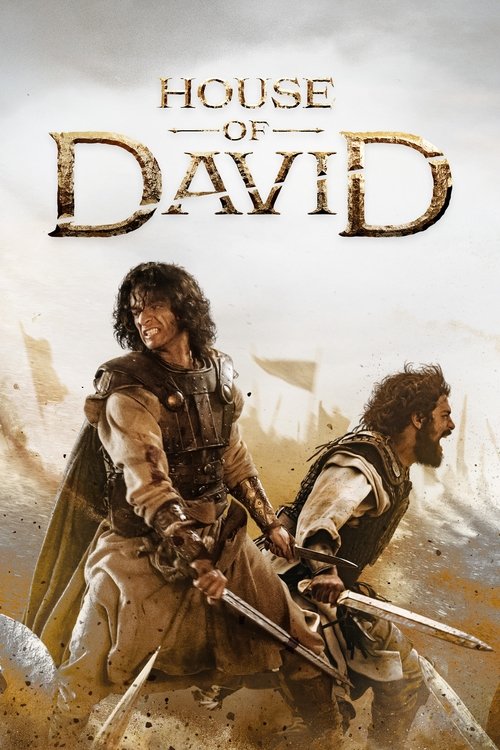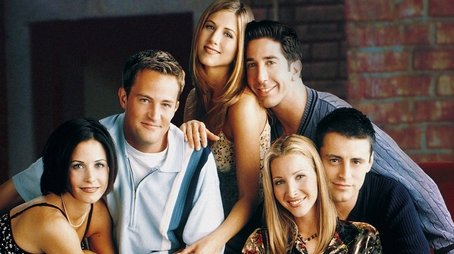
Ask Your Own Question
What is the plot?
The episode opens with Julia waking up in her bed, which is soaked because her water has broken, signaling that she is about to give birth. She gets up and goes outside to speak with Brian, who immediately senses that the baby is imminent. Brian quickly orders others to send for Howdy, a midwife, to assist with the delivery. Julia then confides in Brian that the father of her child is Henry, not Lord Lovat. She explains that she only pretended to be with Lovat to protect herself and her baby from his unwanted advances. Julia reassures Brian that Lovat will not be getting a little brother. Brian appears to believe her this time but warns her that the confinement and childbirth will be difficult. Julia, however, is confident, indicating this is not her first experience with childbirth.
Meanwhile, Henry tries to sneak away from the group to search for midwives in the area to help Julia. Arch catches him and confronts him about his constant searching for a mysterious woman. Henry finally reveals that he is looking for his wife, who is pregnant and due to give birth very soon. Arch's expression changes as he discloses that he and his wife Merdina had lost a child previously, and Merdina was fortunate to survive. Arch vows to support Henry in this difficult time.
Back with Julia, Deina, a midwife, arrives and begins coaching Julia through the childbirth process. During this, there is a flashback to Clare's birth in 1918, drawing a parallel between the two births. The scene returns to the present as Henry arrives just in time to assist. A midwife helps Julia deliver the baby in their flat. To ease Julia's pain, Henry puts on music, creating a calming atmosphere. Julia finally gives birth to a baby girl, whom they name Clare. Julia and Henry hold their newborn daughter together, marveling at her arrival and the new life they have brought into the world.
What is the ending?
At the end of Outlander: Blood of My Blood, Season 1, Episode 6 "Birthright," Julia experiences a traumatic childbirth while her husband Ian and others face escalating dangers. The episode closes with Julia's anguished scream echoing as she fights for her and her baby's survival, marking a pivotal moment of pain and hope.
Expanding on the ending scene by scene:
The episode culminates in Julia going into labor. The scene opens with intense close-ups of Julia's face, contorted in pain and fear, as she is surrounded by a small group trying to assist her delivery. The atmosphere is tense and claustrophobic, emphasizing the raw physical and emotional ordeal she endures. Julia's screams pierce the air, underscoring the severity of the birth and the life-or-death stakes involved.
Meanwhile, Ian, Julia's husband, is shown grappling with external threats. He is caught between protecting his family and confronting hostile forces that have been closing in throughout the episode. His scenes are intercut with Julia's labor, heightening the sense of urgency and danger on multiple fronts.
As Julia's labor progresses, the narrative focuses tightly on her struggle, the midwife's efforts, and the reactions of those present. The lighting is dim, shadows flicker, and the sound design amplifies the primal sounds of birth and distress. The episode does not shy away from the graphic and emotional intensity of childbirth in a perilous setting.
The final moments linger on Julia's scream, which resonates as both a cry of pain and a declaration of survival. The screen fades with this powerful auditory image, leaving the outcome of the birth and the immediate fate of the characters hanging in a moment of suspense.
Regarding the fate of the main characters at this episode's end:
-
Julia is in the throes of childbirth, her survival and that of her child uncertain but implied to be a critical turning point.
-
Ian is actively engaged in protecting Julia and their family, his situation precarious but resolute.
-
Other supporting characters involved in the birth and protection efforts are present but their individual fates are not explicitly detailed in this episode's conclusion.
This ending scene encapsulates the episode's themes of endurance, the primal fight for life, and the bonds of family under extreme duress. It sets the stage for the subsequent episode by leaving viewers in a state of emotional tension and anticipation.
Is there a post-credit scene?
The TV show "Outlander: Blood of My Blood," Season 1, Episode 6 titled "Birthright" (2025), does not have a post-credit scene. The episode focuses intensely on Julia's difficult labor and the emotional turmoil surrounding the birth, with no indication or mention in available detailed recaps or reviews of any additional scene after the credits.
The episode is heavily centered on Julia's childbirth experience, the complex relationships and tensions at Castle Leathers, and the emotional states of the characters, especially Julia and Henry. The sources describe the episode as emotionally intense and physically demanding for the actors, but none reference a post-credit scene or extra footage following the main episode content.
What are the key events that happen during Julia's childbirth in episode 6 'Birthright'?
In episode 6 'Birthright', Julia's childbirth is depicted through a flashback scene that parallels the present-day birth, highlighting the emotional and physical challenges she faces. This scene is significant as it connects the past and present timelines, emphasizing the birth of Claire and the impact on her family.
How does the episode 'Birthright' explore the relationship between Brian Fraser and Ellen Mackenzie?
The episode delves into the courtship and deepening bond between Brian Fraser and Ellen Mackenzie, showing their struggles and commitments as they prepare for parenthood. Their interactions reveal the foundations of Jamie Fraser's family history.
What role do Claire Beauchamp's parents, Henry Beauchamp and Julia Moriston, play in this episode?
Henry Beauchamp and Julia Moriston are central to the episode's narrative, especially through Julia's childbirth. Their story provides context to Claire Beauchamp's origins and adds emotional depth to the family dynamics portrayed in the series.
Are there any significant flashbacks or timeline shifts in episode 6 'Birthright'?
Yes, the episode uses flashbacks effectively, particularly the scene of Julia giving birth to Claire, which stands in for the present-day birth scene. This dual timeline approach enriches the storytelling by linking past events with current ones.
What emotional or dramatic challenges do the characters face in 'Birthright'?
Characters in 'Birthright' confront intense emotional and physical challenges related to childbirth, family expectations, and the uncertainties of parenthood. These struggles are portrayed with depth, highlighting the characters' vulnerabilities and strengths.
Is this family friendly?
The episode "Birthright," season 1 episode 6 of Outlander: Blood of My Blood, is not family friendly and contains several potentially upsetting scenes for children or sensitive viewers.
Key potentially objectionable or upsetting aspects include:
-
Sexual violence: The episode features flashbacks depicting a female maid being raped twice by a male character. These scenes are emotionally intense, showing distress but no graphic nudity or explicit detail. The portrayal is stark and disturbing, presented in black and white to emphasize the trauma.
-
Violence and gore: There are scenes of bloody violence and some graphic injuries, including disemboweled soldiers in agony.
-
Sexual content and nudity: The show includes frequent sexual scenes with partial nudity, including female breasts and male buttocks shown in some scenes. There is also a scene where two boys watch a sexual encounter through a hole.
-
Emotional intensity and melodrama: The episode contains intense emotional and dramatic moments, including a difficult childbirth sequence with loud wailing and confrontations that some viewers may find overwhelming or cringeworthy.
-
Themes of cruelty and distress: The episode explores harsh realities and superstitions around childbirth and survival, which may be unsettling.
Overall, the episode is rated TV-MA and is intended for mature audiences due to its sexual violence, moderate sex and nudity, moderate violence and gore, and emotionally intense scenes. It is not suitable for children or viewers sensitive to these themes.































